The crop everyone knows
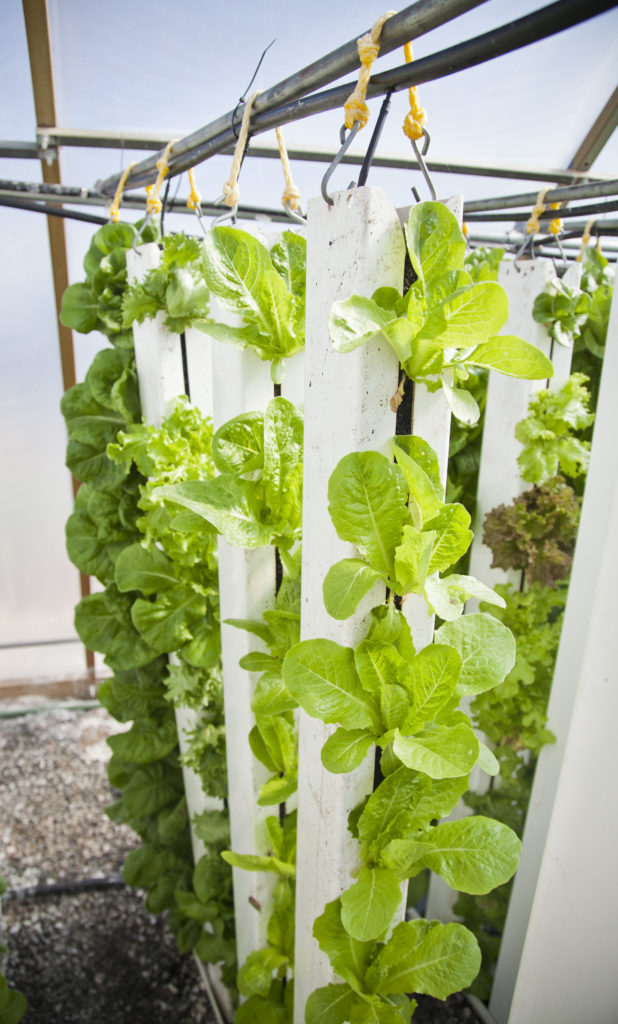 Lettuce is one of the most popular crops in the world. Here in the US, we use lettuce on almost anything that we eat cold. The cool-weather crop grows sweet and tender, a perfect addition to any fresh dish.
Lettuce is one of the most popular crops in the world. Here in the US, we use lettuce on almost anything that we eat cold. The cool-weather crop grows sweet and tender, a perfect addition to any fresh dish.
Lettuce grows well in almost any gardening system, whether hydroponic, aquaponic, or traditional soil gardens. It takes up relatively little space, has a short (5-6 weeks from transplant or 9-11 weeks from seed) growing cycle when it’s healthy, and is always in demand from some market or another.
Our favorite lettuce varieties
Hundreds of lettuce varieties are grown around the world.
The common varieties, like red and green Romaine, Iceberg, Oak Leafs, Green Leaf, and Mesclun mixes, can be found in almost any grocery store.
Farmers and consumers shouldn’t forget about the more unique and heirloom varieties, which each bring its own beautiful leaves and special flavors to the table.
Seed companies like Baker Creek Heirloom Seeds offer truly wonderful varieties like Deertongue, Bronze Beauty, Brune D’Hiver, Cimmaron, and Devil’s Ear lettuce.
Ideal conditions for lettuce: (beware of heat!)
- Growing temperature: 45–70º F, ideally in the 60s
- EC: 0.8–1.2
- pH range: 5.6–6.2
- Light: 10–18 hours
Hot temperatures usually make lettuce greens taste bitter and strong – effectively ruining a carefully prepared salad or another dish meant to pair with a sweet, mild lettuce. Keep lettuce in temperatures between 45 and 70 ºF (7 to 21 ºC) but ideally in the 60s to keep the bitterness at bay. (Some varieties are more tolerant of heat than others.)
Depending on the shape and size of a lettuce variety’s head, lettuce can be planted quite closely. Most lettuce plants reach 6-12 inches in height.
Gentle harvests and cold, consistent temperatures extend shelf life.
Harvesting techniques can affect shelf life if the lettuce is handled roughly, bruised or crushed during the process. This makes the produce much more vulnerable to post-harvest decay and diseases, as well as impacting the scalability of the produce.
Quick tips for harvesting and storing:
- Harvest the whole head.
- Store at 32–35º F and keep temperatures consistent.
- Don’t let the lettuce freeze.
- Process the lettuce minimally.
Lettuce can be harvested quickly as a batch by taking the whole head. (Many growers harvest the entire plant, including the roots, which can extend shelf life if the growing technique facilitates it.) For growers using ZipGrow Towers, a harvesting knife used to cut each head where it meets the face of the Tower is best. Horizontal growers should harvest close to the surface of the soil or other growing apparatus.
Lettuce, with so much transpiration and moisture, can be tricky to store for more than a few days before it starts wilting, or worse—gets slimy.
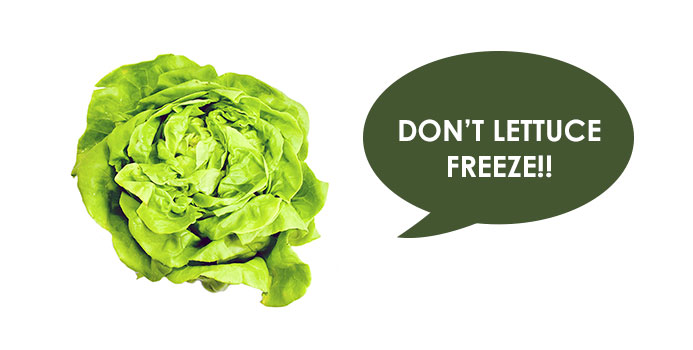 Where basil requires room temperature to stay fresh, lettuce needs cold—almost freezing—to extend the shelf life. 32–35º F (just above 0º C) is ideal, and lettuce can stay fresh for up to three weeks this way. While much of the lettuce bought in stores or from trucks have already been in storage for a while, local and Upstart Farmers can start that three week period from day one and give their customers more time with their lettuce.
Where basil requires room temperature to stay fresh, lettuce needs cold—almost freezing—to extend the shelf life. 32–35º F (just above 0º C) is ideal, and lettuce can stay fresh for up to three weeks this way. While much of the lettuce bought in stores or from trucks have already been in storage for a while, local and Upstart Farmers can start that three week period from day one and give their customers more time with their lettuce.
Don’t let the lettuce freeze, however. If frozen, the leaf epidermis will separate from the other tissues, and the leaf will decay rapidly.
Lettuce requires humidity to keep from drying out, but condensation or heavy moisture on the leaves is detrimental. The best thing that producers can do to avoid condensation is to keep temperatures very consistent.
Process as minimally as you can.
Different producers may process their lettuce, depending on the market. As a general rule, producers shouldn’t do any more to their lettuce (washing, cutting, etc.) than they have to. The only absolutely necessary tasks are removing the produce from the growing space (keep the plant together as much as possible) and trimming leaves that are dried out, diseased, or which affect the aesthetics of the crop. If possible, don’t wash the lettuce before delivery—leave that to the user to do before food preparation.
Some growers prefer to use a cold water dunk to extend shelf life—there is some debate between different growers and plant pathologists as to whether this helps by closing stomata, or decreases shelf life by spreading the diseases that are already present.
 Creating a crop list?
Creating a crop list?
Choosing crops for your farm requires a balance of market information and crop suitability. Growers have to choose crops that have overlapping needs, like:
- pH range
- EC range
- Temperature range
Get this information for the most highly recommended crops for hydroponics in the Recommended Crop List.

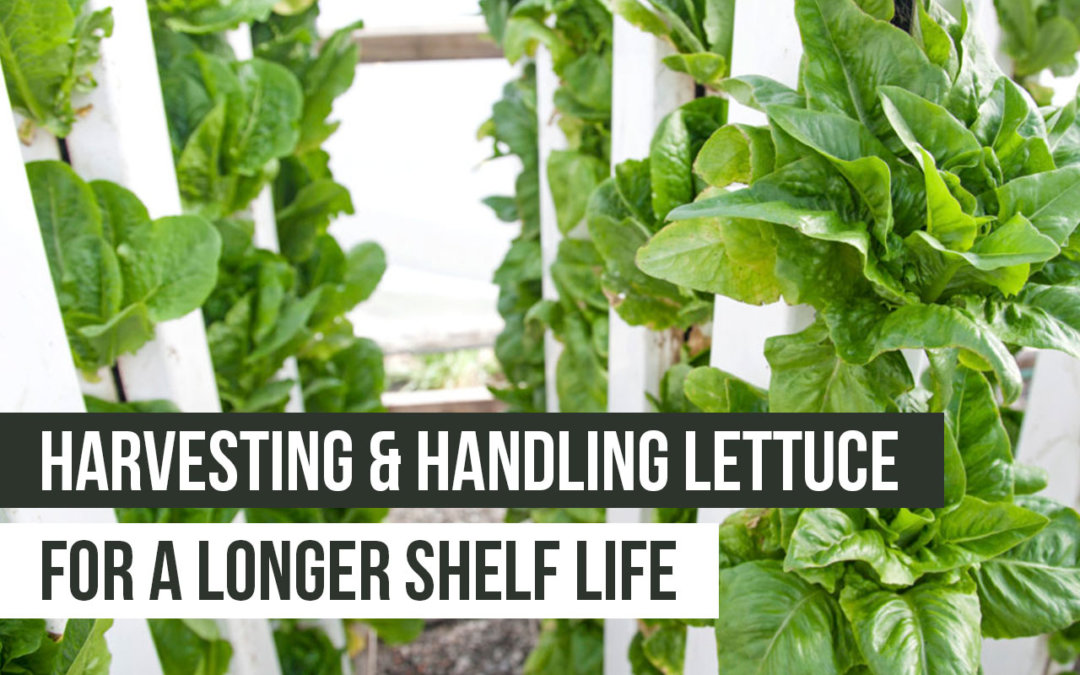
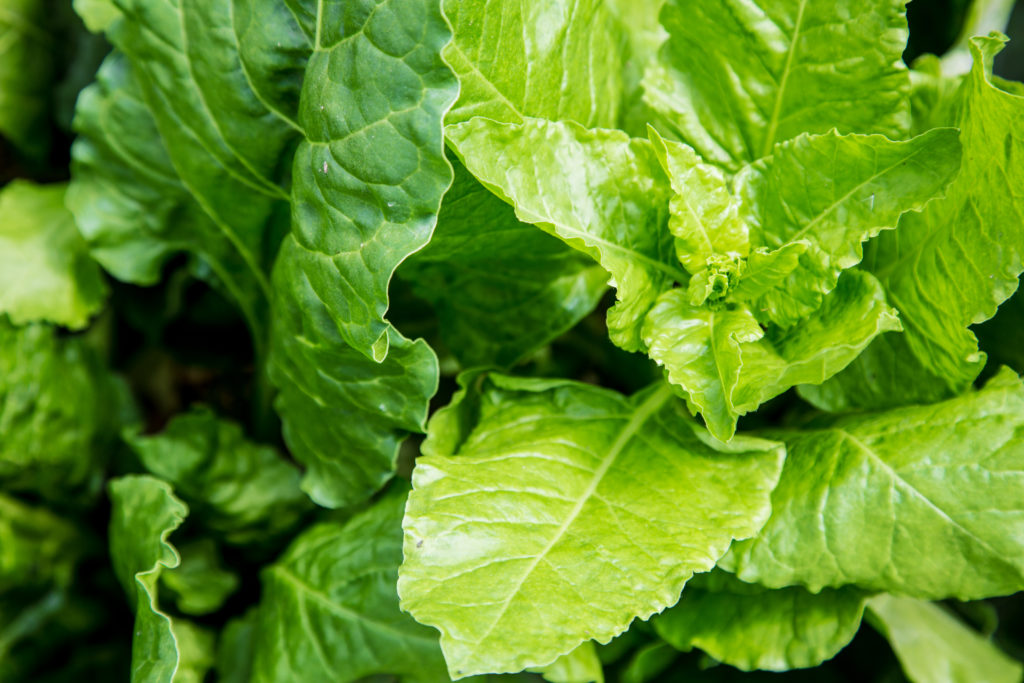

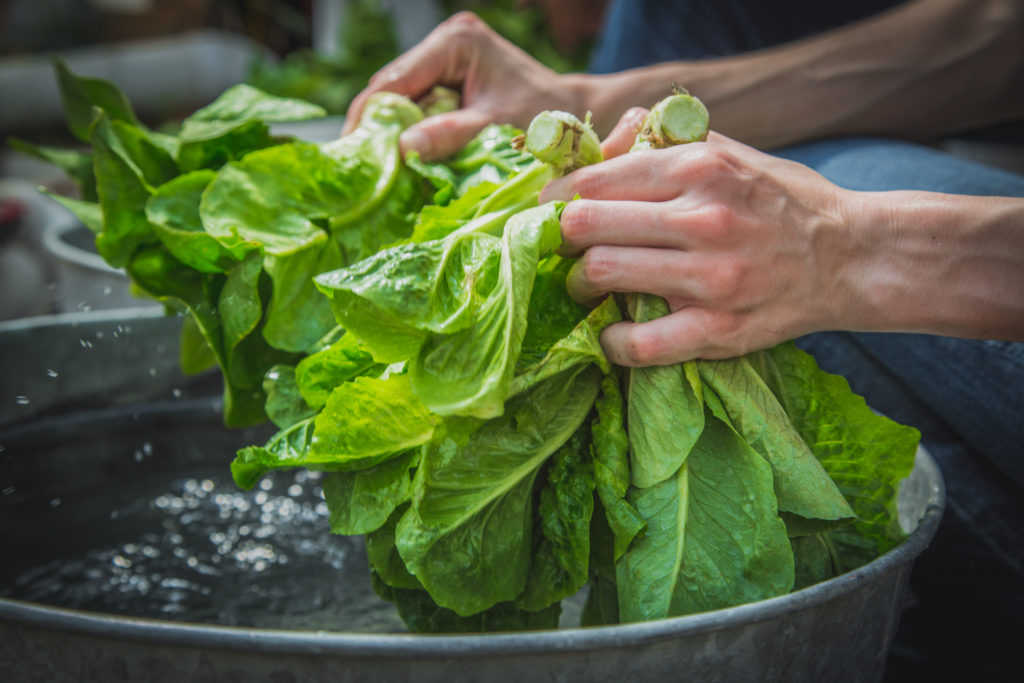

But how to keep it “fresh” at farmer’s market when the temp hits in the 80’s or higher?
Shawn, that’s a great question. If you’re using Live Sales, you can bring the plants in the growing medium (works best with ZipGrow Towers) and keep them irrigated – either with a pump or periodically with a glass of water. If live sales is not possible and you’re prepackaging the lettuce, use a cooler with ice (not touching the lettuce) to keep it cold. If you have it sitting out, you can use a mister and keep it in the shade to help keep it cool.
Hi Amy,
You mentioned keeping lettuce cool at the market by storing/transporting it in a cooler with ice (not touching). Would you recommend this product? It’s a CaterCooler > https://www.katom.com/028-PC660.html. This product keeps it cool at or below 40 degrees F. Is that cold enough since I read it should be just above 32 degrees F?
Thanks,
Christina
Hi Christina, how cool it is really depends on the crops you’re selling. For most greens, 40º is just fine. That product looks neat – if you try it out please tell us how you like it or post in the Upstart University Facebook group!
Excellent and complete information. I can’t seem to find information like this anywhere else. Would love to see more like this.
Jeff, I’m glad that you found this useful! I will for sure be putting together more of these – any particular crops you’d like to see covered?
We are using an ozone generator for our laundry and found many other beneficial uses for using ozonated water and gas. Ozone is dissolved into water to wash fruits and vegetables and remove mold and bacteria. Low levels of ozone gas can be used in containers to prolong shelf life upon delivery. Many fruits and vegetables release ethylene, this gas accelerates the ripening process. Ozone rapidly oxidized ethylene.
“Ozone slowed the respiration rates of lettuce, which can result in extended shelf-life.” Comparison of Aqueous Ozone and Chlorine as Sanitizers in the Food Processing Industry: Impact on Fresh Agricultural Produce Quality, Ozone: Science & Engineering, 29:2, 113 – 120, Wei, Kuangji, Zhou, Hongde, Zhou, Ting and Gong, University of Guelph, Guelph, Ontario, Canada.
We have a portable consumer grade ozone generator which we are experimenting with right now. We’ve used to clean containers, sterilize water, and are experimenting with killing algae right now.
Hi Amy, Is the EC of 0.8 – 1.2 in your post correct? I ask because I have conflicting info from other sources (fertilizer supplier and Resh’s book, that state EC range for lettuce is 1.8 – 2.3. Is it different due to different production methods (Tower v. DWC v. NFT) or something else? As a new farmer (using ZipGrow) I want to be sure I’m learning optimal practices. Thanks for your insight
Hi Jennifer, glad you’re getting into Resh – that’s a great book. Lettuce can go that high, but we tend to err on the side of caution for lettuce and recommend keeping EC lower.
Keep lettuce in temperatures between 45 and 70 ºF (7 to 21 ºC) but ideally in the 60’s to keep the bitterness at bay.
Does this specifically refer to air temperature or roots temperatures. I really need to know which.
Hey Alex, this is for the temperature of your farm environment – so air temperatures.
Halo Amy, Really helped with your writing here. Nice flow, easy to understand and reliable information.
Here i have several question.Do you know optimum water temperature, dissolved oxygen, humidity, CO2 level and amount of light needed to grow lettuce in zip grow system?
Thx before
Hey Carolina.
Water temp: 60-70ºF generally, but focus on controlling the air temp and water should follow. DO depends on your growing method; it’s a big deal in DWC and NFT, but not so much in ZipGrow or Bato Bucket systems. 5 ppm DO should be fine, and most tap water comes out at about that level.
You want to keep your humidity level low in your farm regardless of the crop; under 70% RH is a good goal. Crop yields increase with CO2 levels of 800-1200 ppm (more here: https://university.upstartfarmers.com/blog/why-and-how-to-supplement-co2-in-indoor-farms and here: https://university.upstartfarmers.com/blog/how-to-calculate-co2-enrichment-to-boost-yields)
Light-wise, get a PAR meter and shoot for at least 200 umol/m^2/sec – more if you have fruiting crops or herbs.
Haloo! How can I mix common fertilizers regarding ratio eg NPK CAN etc. To get solution as requid fertilizer for lettuce.
Hello Amy. My name is Binh, I’m from Vietnam, Could you please be kind to indicate Which kind of high yield variety lettuce should use aeroponics system ?
Many thanks
please send to: ttbinhhavyfreshfarm.vn
looking forward your answer . Once time again, thank you so much!
Hi! any advice with the best light spectrum for lettuce in vertical farming?
Thanks in advance!
hi,
why lettuce wilts quickly after harvesting?
thanks in advance
Do you have preservation technology for mango leaves (it should be green for a period of 1 year).